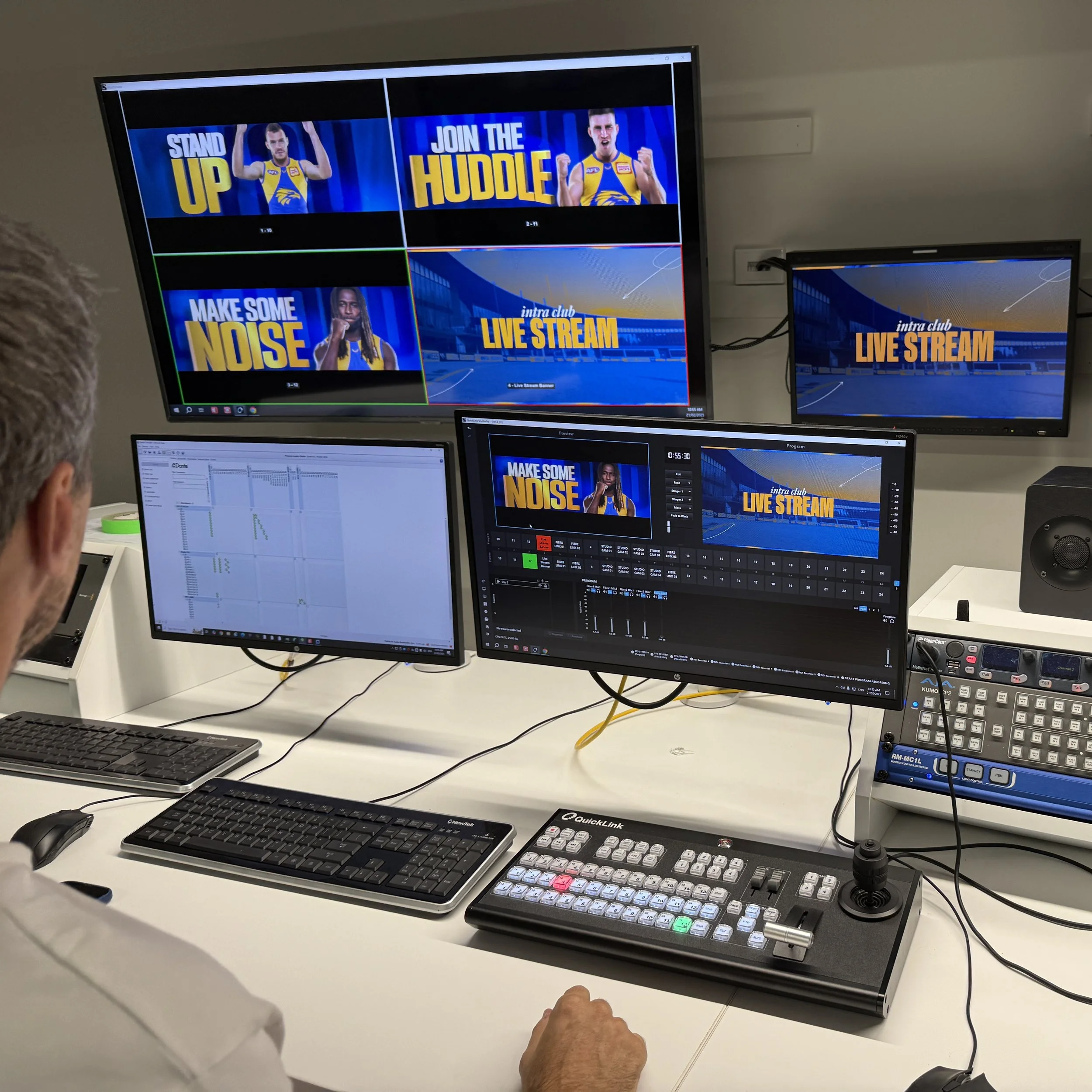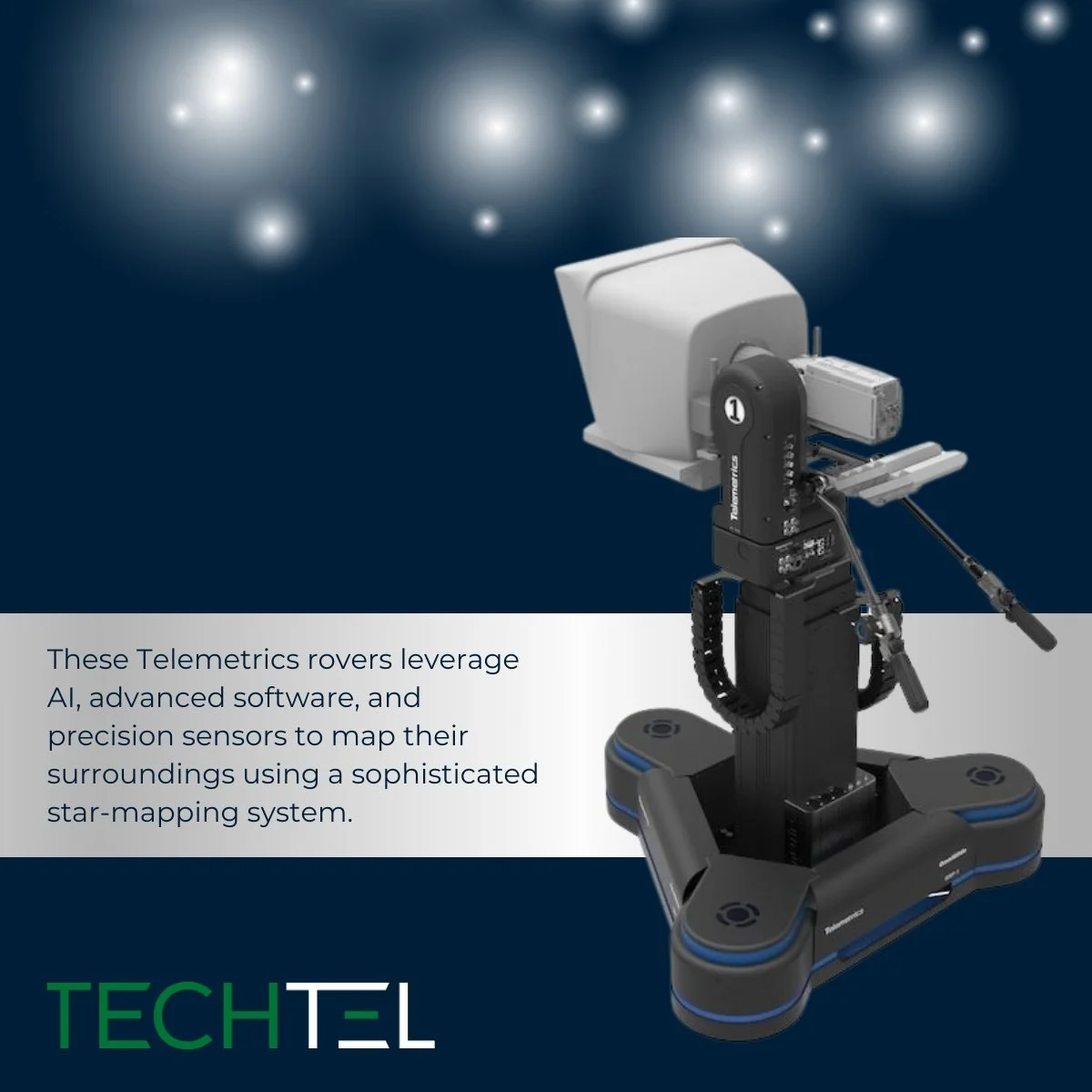Industry Adopts Open API for Harmonic’s Electra™ XVM and Electra X Media Processors, Unlocking New Workflows and Cloud Applications
Harmonic (NASDAQ: HLIT), the worldwide leader in video delivery infrastructure, today announced the Harmonic Virtual Media API (VMA), an open application control interface for broadcast automation control of its VOS™ virtualized media processing platform. The VMA, supported by the Electra XVM virtualized media processor and the Electra X family of advanced media processors, has been adopted by service providers and broadcast automation vendors, including Pebble Beach Systems, Dayang Technology Development Inc. and VJU. This VOS platform ecosystem creates a fully integrated, cloud-based playout, graphics and encoding solution that can be used by video content and service providers to create and deliver live linear channels to any device faster, with a lower TCO and amazing video quality.
“The integrated functionalities offered by Electra XVM and Electra X media processors have already been deployed globally by numerous Harmonic customers,” said Bart Spriester, senior vice president, video products, Harmonic. “With the announcement of our open VMA for intelligent control, Harmonic increases operational efficiencies and cost savings for video content and service providers, while enabling them to realize the full capabilities of virtualization, unlocking new workflows such as OTT delivery and IP-based playout solutions for linear integrated channel/channel-in-a-box, cloud and edge applications.”
Harmonic’s Polaris™ Advance channel playout automation system, originally integrated with its market-leading Spectrum™ media server family, will support Electra XVM and Electra X media processors. With the open VMA, video content and service providers can now choose between deploying a fully integrated and virtualizable solution for playout, graphics and encoding from Harmonic with Polaris Advance software or can select third-party automation solutions to control those capabilities.
“The Marina platform from Pebble Beach Systems provides operators with a powerful centralized ingest, content management and multichannel automation solution, offering support from one to hundreds of channels,” said Peter Hajittofi, managing director at Pebble Beach Systems. “By implementing support for Harmonic Electra XVM and Electra X media processors, we’re enabling a new class of IP-based playout and encoding solutions that include centralized and edge playout.”
Dayang Technology Development Inc., a world-leading manufacturer and developer of broadcast-quality digital solutions, is adding support for the Harmonic VMA in its D3-Playout automation system. With D3-Playout control of Electra X and Electra XVM media processors, Dayang can bring to the market in China the next-generation channel-in-a-box solutions that integrate playout and graphics with industry-leading broadcast and multiscreen encoding powered by Harmonic’s PURE Compression Engine™ technology.
VJU’s CEO Josef Anderl commented, “VJU’s Channel as a Service leverages the power of the cloud to help video content and service providers set up and launch new television channels in minutes rather than months. Being able to integrate with Harmonic’s Electra XVM media processor, we can now fully virtualize our broadcast playout offering. Furthermore, we are now able to start and scale TV channels without shipping hardware around the world.”
With playout, graphics and encoding functions collapsed into software on a single server blade, Harmonic’s VMA enables cloud-executed creation and delivery of variable format, variable encoding rate channels, where the type of content determines the type of delivery. For example, operators can seamlessly process UHD for sports and HD for talk shows.
Electra XVM and Electra X media processors uniquely unify industry-leading playout and graphics functionality with Harmonic’s PURE Compression Engine, which is designed to boost video compression efficiency across an extensive range of codecs and formats — including MPEG-2, AVC and HEVC — over CBR, VBR and ABR encoding schemes to support a broad array of devices from handhelds to UHD TVs.
At booth SU1210 during the 2015 NAB Show in Las Vegas, Harmonic will showcase its comprehensive line of market-leading solutions that optimize the production and delivery of high-value video services in the broadcast, pay-TV and new media environments. Further information about Harmonic and the company’s products is available at www.harmonicinc.com.




























